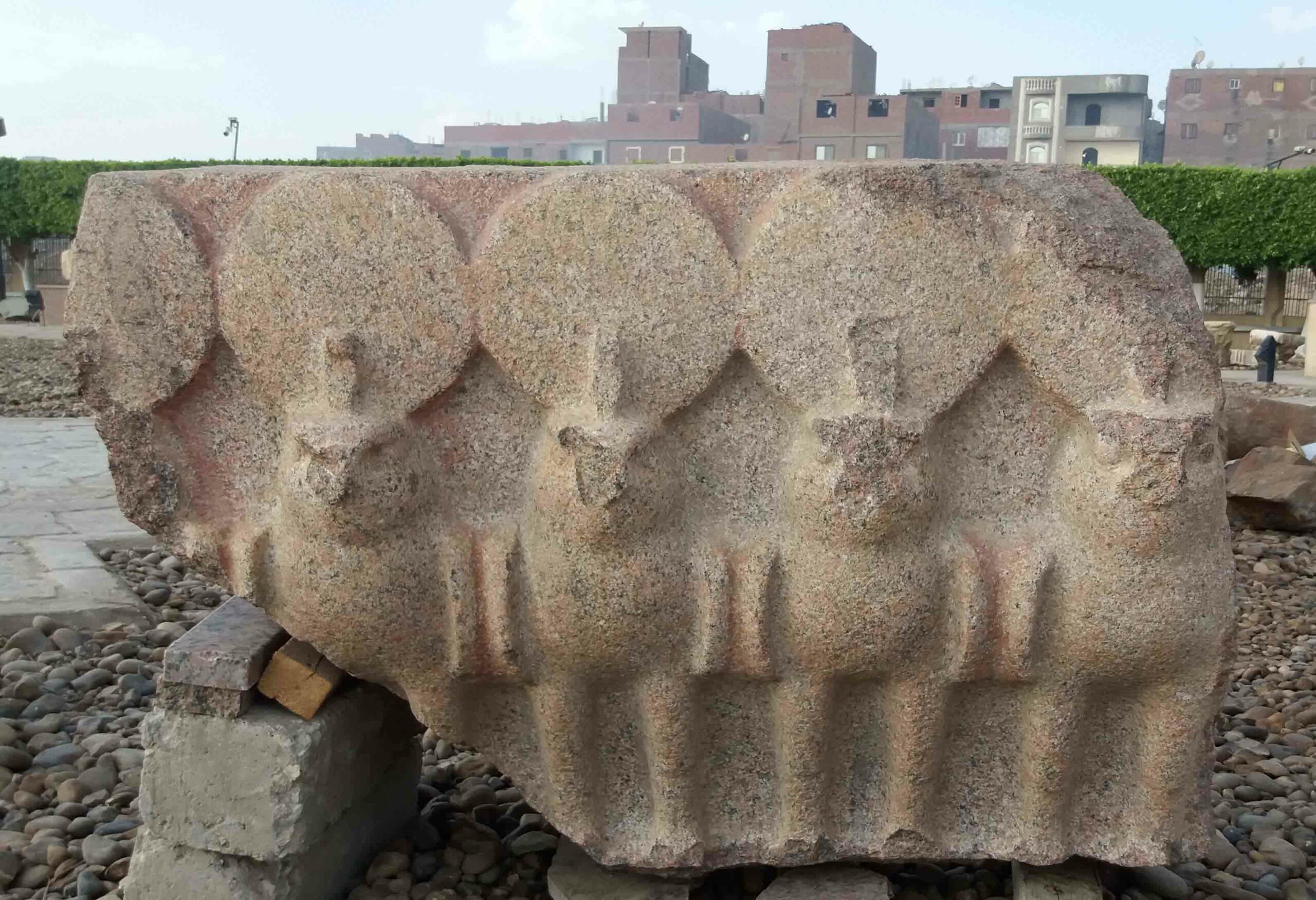GUANGZHOU, CHINA—Xinhua reports that a 13,500-year-old tomb at the site of the Qingtang ruins in southeastern China has yielded the remains of a young woman who died between the ages of 13 and 18 and was buried, without her head, in a squatting position. Liu Suoqiang of the Guangdong Institute of Cultural Heritage and Archaeology said the woman was deliberately put in a squatting posture. “It points to the emergence of the concepts of life and death and of primitive religious beliefs,” Liu explained. Researchers are also trying to determine whether the woman’s head was missing due to natural causes, or whether it was removed. Burials containing remains arranged in a squatting posture have been found in other prehistoric tombs in southern China and Southeast Asia, though the symbolism of the posture is unclear. A bone pin was also found in the young woman's grave. For more on archaeology in China, go to “Early Signs of Empire.”
13,500-Year-Old Burial Unearthed in China
News April 18, 2019
Recommended Articles
Features November/December 2024
Let the Games Begin
How gladiators in ancient Anatolia lived to entertain the masses

Features November/December 2024
The Many Faces of the Kingdom of Shu
Thousands of fantastical bronzes are beginning to reveal the secrets of a legendary Chinese dynasty

Digs & Discoveries November/December 2024
Egyptian Crocodile Hunt
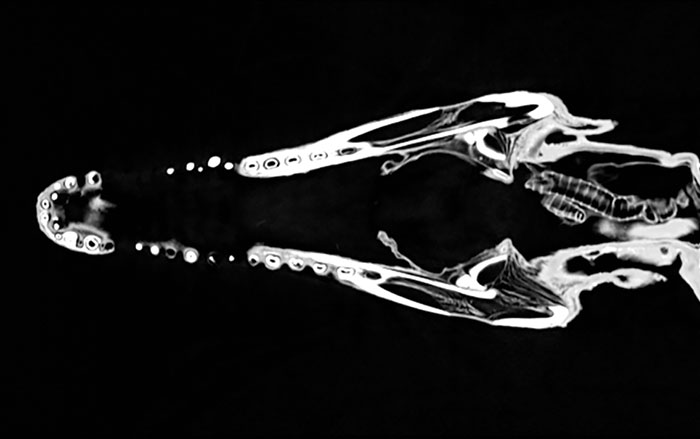
Digs & Discoveries November/December 2024
Monuments to Youth
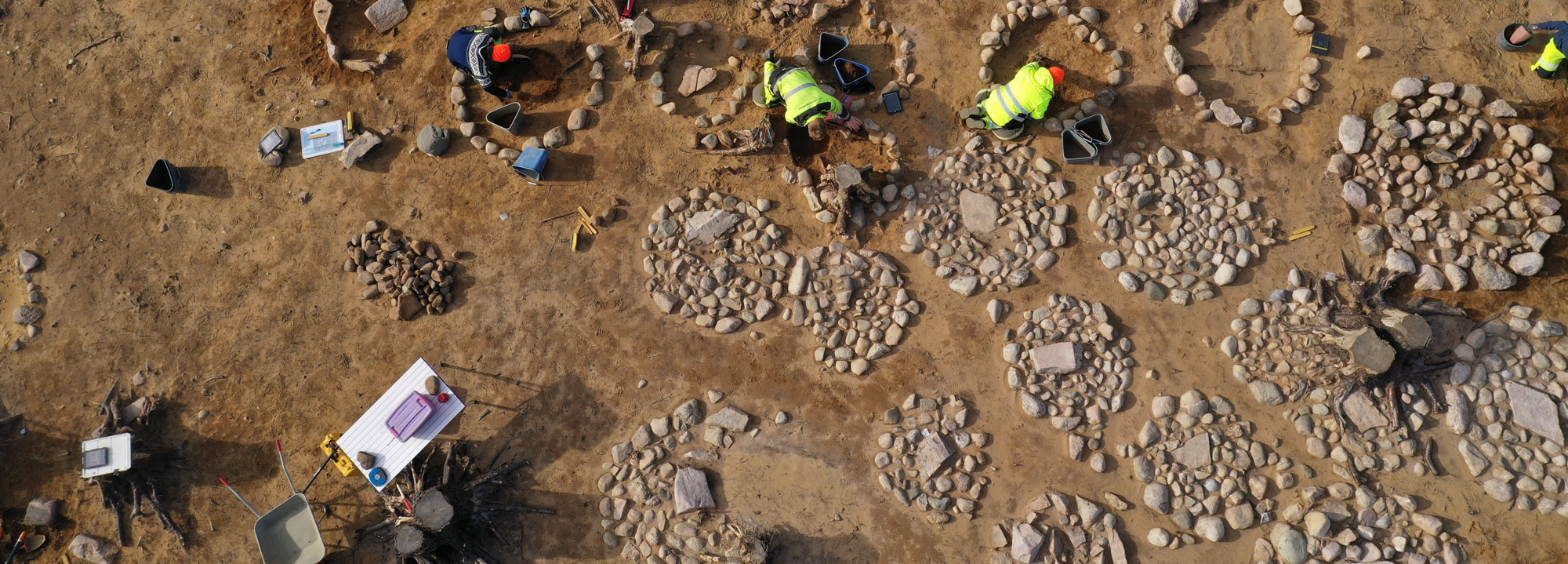
-
Features March/April 2019
Sicily's Lost Theater
Archaeologists resume the search for the home of drama in a majestic Greek sanctuary
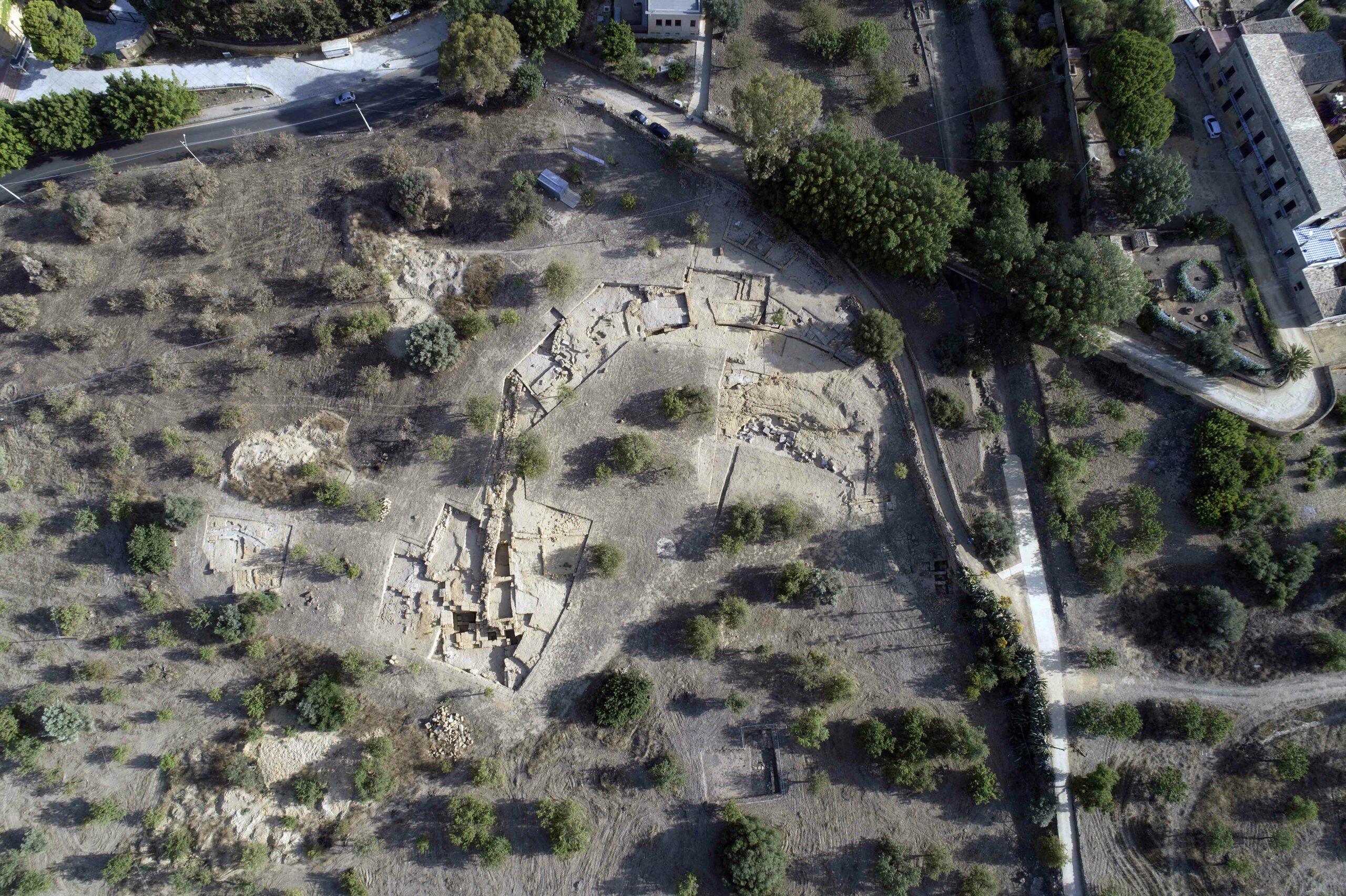 (Giuseppe Cavaleri)
(Giuseppe Cavaleri) -
Letter From Texas March/April 2019
On the Range
Excavations at a ranch in the southern High Plains show how generations of people adapted to an iconic Western landscape
 (Eric A. Powell)
(Eric A. Powell) -
Artifacts March/April 2019
Medieval Seal Stamp
 (Rikke Caroline Olsen/The National Museum of Denmark)
(Rikke Caroline Olsen/The National Museum of Denmark) -
Digs & Discoveries March/April 2019
Fairfield's Rebirth in 3-D
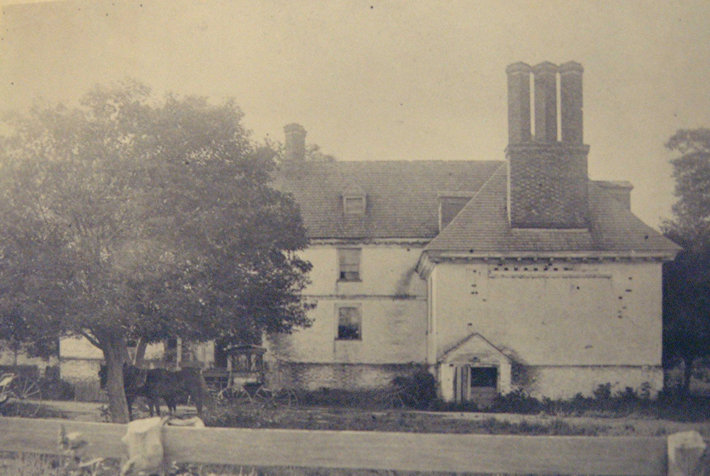 (Virginia Department of Historic Resources)
(Virginia Department of Historic Resources)


